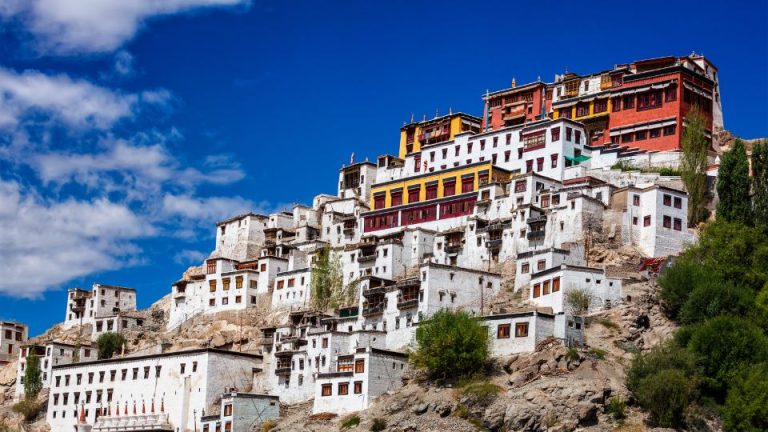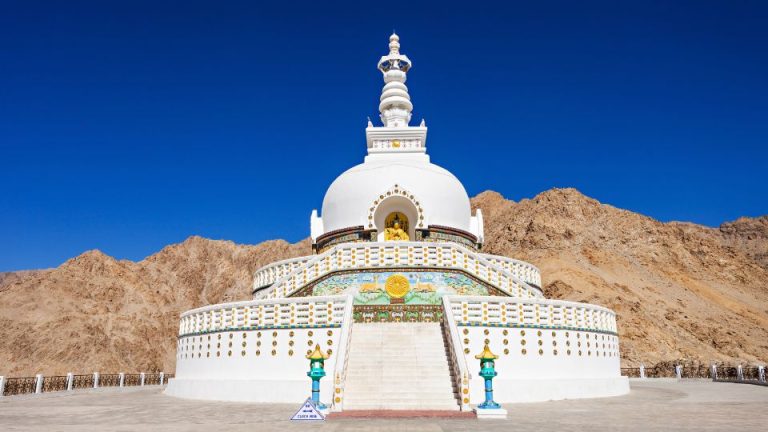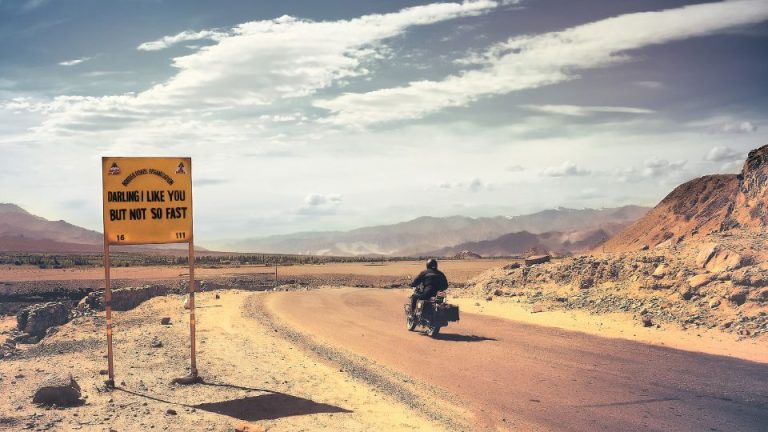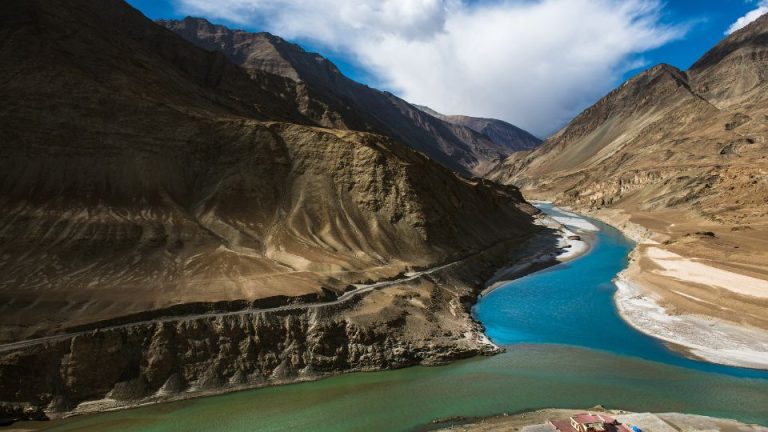High up in the Himalayas lies Ladakh, a land of rugged beauty, dramatic landscapes, and timeless culture. Known as the Land of High Passes, Ladakh offers an otherworldly experience unlike any other place in India. With its snow-clad mountains, turquoise lakes, ancient monasteries, and thrilling adventure trails, Ladakh is a dream destination for travelers seeking both peace and adrenaline. Here’s why Ladakh deserves a spot on your travel bucket list.





Ladakh’s culture is deeply influenced by Tibetan Buddhism, and you’ll find colorful monasteries, prayer flags fluttering in the wind, and warm-hearted locals who welcome you with open arms.
Thiksey Monastery:
One of the largest and most beautiful monasteries in Ladakh, Thiksey resembles the Potala Palace of Tibet. It houses an impressive 49-foot statue of Maitreya Buddha and offers panoramic views of the Indus Valley.
Hemis Monastery:
Famous for the vibrant Hemis Festival, this monastery is the spiritual heart of Ladakh. Traditional masked dances and rituals here are a window into centuries-old Buddhist traditions.
Leh Palace:
A nine-story palace built in the 17th century, it offers a glimpse into Ladakh’s royal past and overlooks the charming town of Leh.
Ladakh’s beauty is stark and mesmerizing, with landscapes that change at every turn.
Pangong Lake:
Stretching across India and Tibet, Pangong Lake is famous for its changing shades of blue. Camping on its shores under a starlit sky is an unforgettable experience.
Nubra Valley:
A cold desert with sand dunes, double-humped Bactrian camels, and monasteries nestled in the mountains. The drive through Khardung La—the world’s highest motorable pass—is an adventure in itself.
Tso Moriri Lake:
A high-altitude lake surrounded by barren mountains, Tso Moriri is a peaceful, offbeat alternative to Pangong. It’s also a birdwatcher’s paradise.
Magnetic Hill:
A quirky spot near Leh where vehicles seem to roll uphill on their own, defying gravity—or at least appearing to.
For thrill-seekers, Ladakh is pure heaven.
Trekking: Popular routes include the Markha Valley Trek and the Chadar Trek across a frozen river.
Motorbiking: Riding through Khardung La, Chang La, and the Manali–Leh highway is a bucket-list experience for bikers.
Rafting: The Zanskar River offers one of the most thrilling white-water rafting experiences in India.
Camping: From Nubra Valley to Pangong Lake, camping under Ladakh’s clear night skies is magical.
Simple yet hearty, Ladakhi food reflects the cold desert environment and Tibetan influence.
Thukpa: A noodle soup perfect for chilly evenings.
Momos: Steamed dumplings stuffed with vegetables or meat.
Skyu: A traditional Ladakhi pasta dish made with wheat dough and vegetables.
Butter Tea: An acquired taste, this salty tea with yak butter keeps locals warm in freezing temperatures.
Summer (May–September): The most popular season, with clear roads, pleasant weather, and accessible lakes and valleys.
Winter (November–February): Extreme cold, but a chance to witness Ladakh’s frozen beauty and do the famous Chadar Trek.
Ladakh is an ecologically fragile region, so sustainable travel is key. Carry reusable bottles, avoid plastic, respect local culture, and support homestays and local businesses to leave a positive impact.
Ladakh is more than just a destination—it’s an experience that stays with you forever. Whether you’re watching the sunrise at Pangong Lake, riding across the world’s highest passes, or meditating in a monastery surrounded by mountains, Ladakh has a way of touching the soul.
So, are you ready to embrace the adventure and tranquility of Ladakh? Pack your bags, take that road trip, and step into a land where nature and culture meet in the most extraordinary way.
Insider Tip: Acclimatization is crucial. Spend at least 2 days in Leh before heading to higher altitudes to avoid altitude sickness.